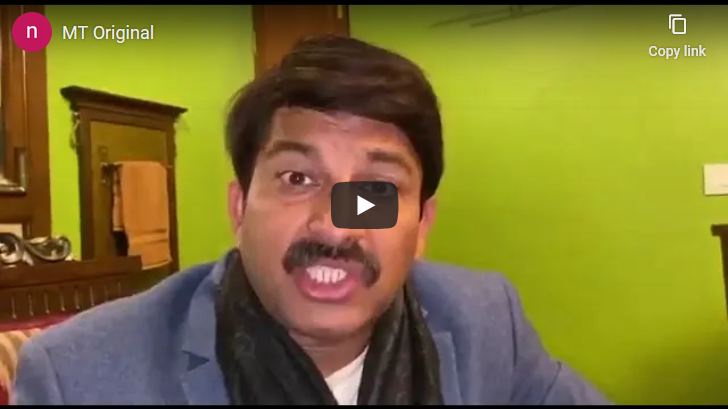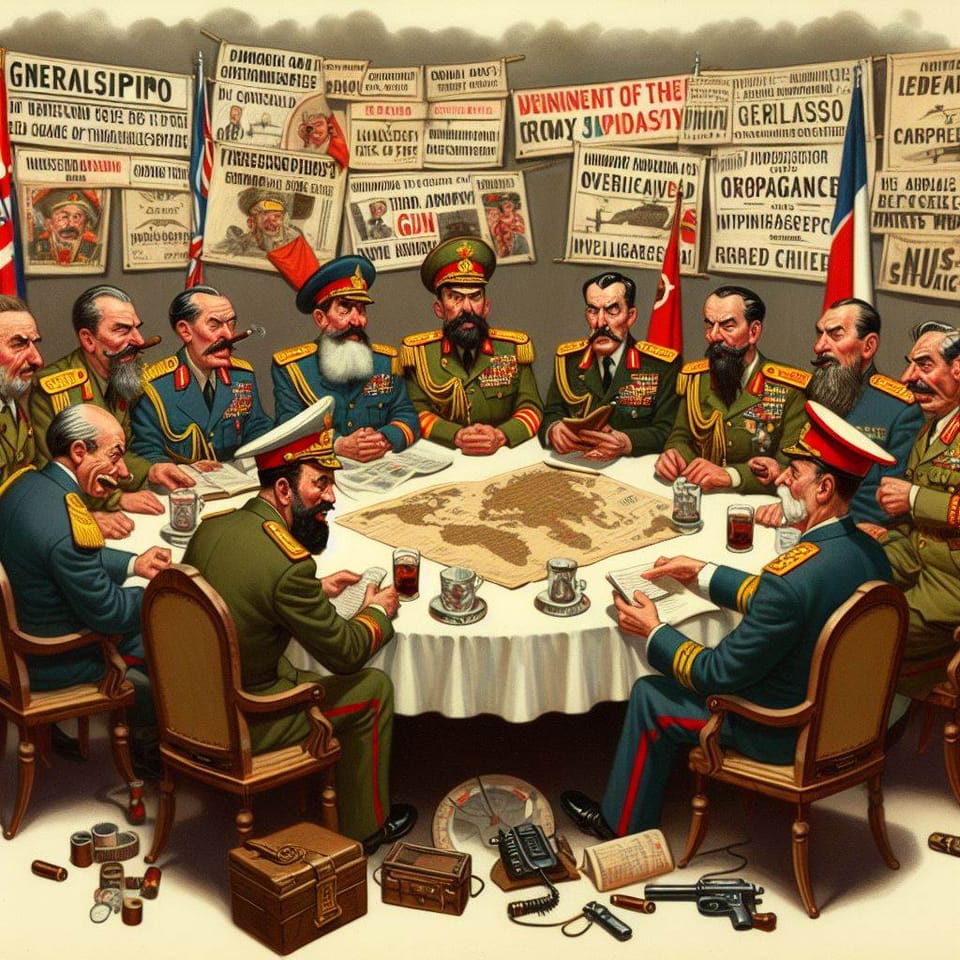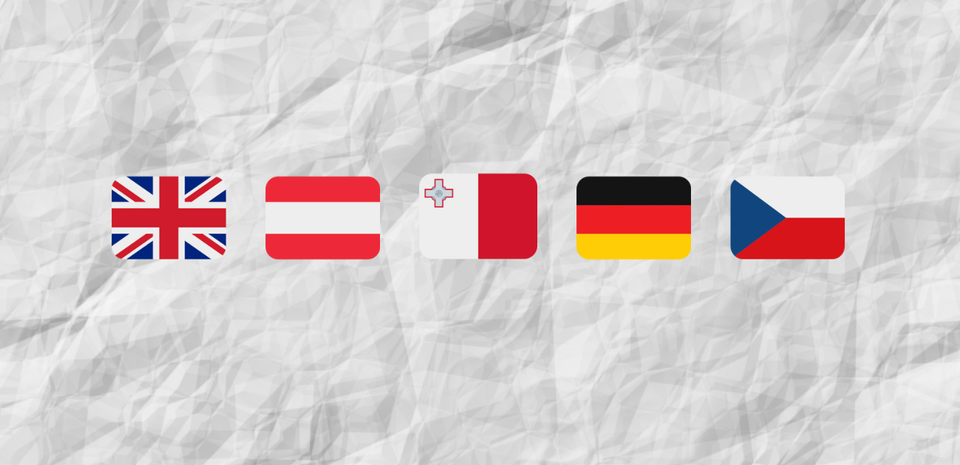Deepfakes in an Indian election campaign

VICE has recently reported that the president of India’s ruling party, the Bharatiya Janata Party (BJP), used deepfake technology to change the language of his speech in a political advertisement. In the original video he speaks Hindi, one of the main languages spoken in India, while in the other videos, his mouth is manipulated to speak English and Haryanvi, a Hindi dialect spoken by BJP supporters.
Check out for yourselves the original and deep fake videos below:
While this is not the first time that deepfakes have featured in political campaigns, it seems to be the first time that they have been used directly, as part of the strategy of a political party, to win an election.
The videos were manipulated by a communications firm called ‘The Ideaz Factory’, which was engaged by the BJP to help it reach “different linguistic voter bases” through the use of deepfake technology. This specific video was distributed across 5,800 WhatsApp groups, reaching approximately 15 million people.
Many of the current deepfake videos have been basic faceswaps, where the subject of the video has his or her face, or part of the face, swapped with a video of the same subject in a different time and place. This is the case in the video in the tweet below, produced for the Italian satirical show Striscia la notizia. The videocaused quite an outrage in Italy, due to the gesticulations of the supposedly former Italian Prime Minister, Matteo Renzi, as shown in the video.
However, a more realistic version where only the lip movements are manipulated to match the audio, also exist, such as in the case of the videos by the president of the BJP above. The Ideaz Factory confirmed that a deepfake algorithm was trained with speeches of the president of the BJP, in order to translate audio sounds into basic mouth shapes. VICE claims that the firm hired a dubbing artist to impersonate the president of the BJP reading the script in English and Haryanvi, which were then superimposed on the new videos.
The local BJP section confirmed that the use of deepfakes has made it possible for the party to scale the campaign to heights previously unattainable. The official in charge of social media and IT for the local BJP has said that “the Haryanvi videos let us convincingly approach the target audience even if the candidate didn’t speak the language of the voter.” The tactic was so successful that the party has claimed that local housewives said that they were heartened to watch the politician speak in their language in the deepfake video.
The emergence of deepfake technology, which could easily be applied by anyone with some money and an internet connection, has made political consultants wary of the repercussions of unauthorized doctored videos, which could potential alter the outcome of an election or even create violence and chaos. Watching videos of politicians saying something that was never said, will continue to erode public trust in democratic elections. Furthermore, distrust will only increase because once this technology enters the mass market, people will undoubtedly begin to question whether what they are seeing is actually true or not.
Many think that the rapid increase in the realism of these deepfake videos is a tool that has to potential to disrupt the 2020 US Presidential election in November. While the 2016 election was marred with accusations of ‘fake news’, deepfakes could pose of an even bigger threat to the oldest democracy in the world.
It would be interesting to follow the development of deepfake technology in the US elections and in future elections in 2020 and beyond and how political parties will make use of them. Will they try to deceive people and paint opponents in bad light or will they copy the BJP above in trying to reach voters by changing the language?
A short concise video describing how deepfakes could disrupt elections as we know them:



